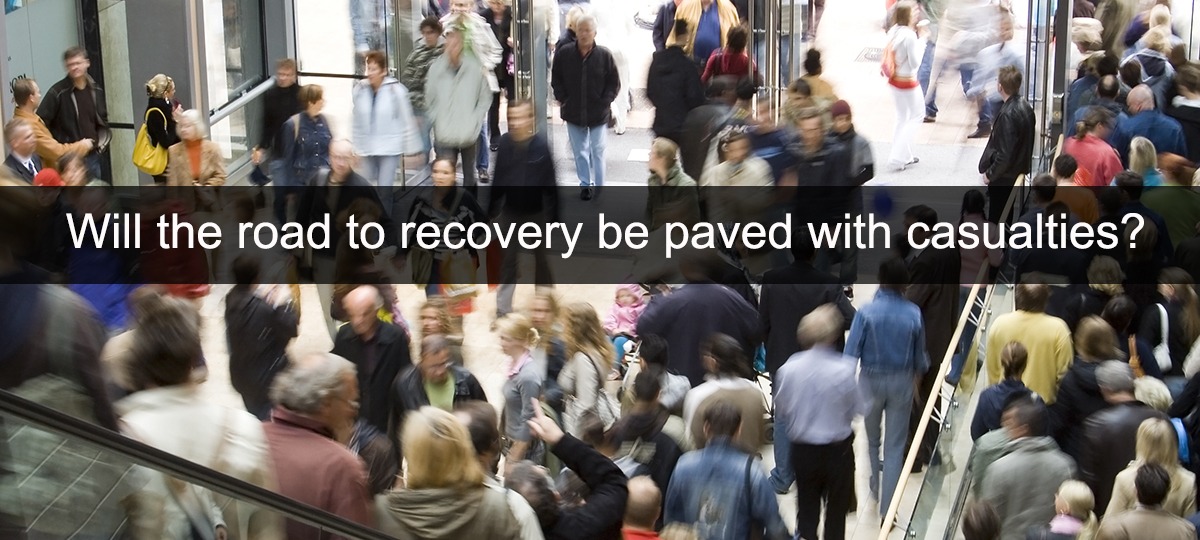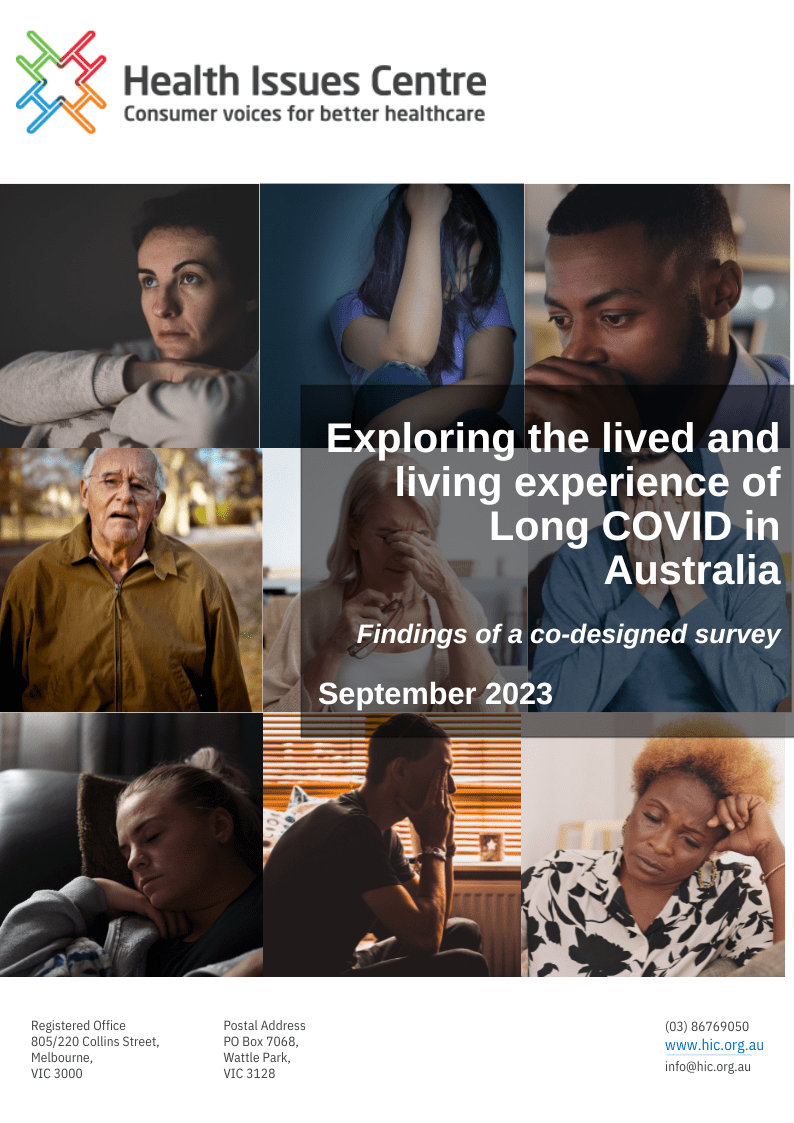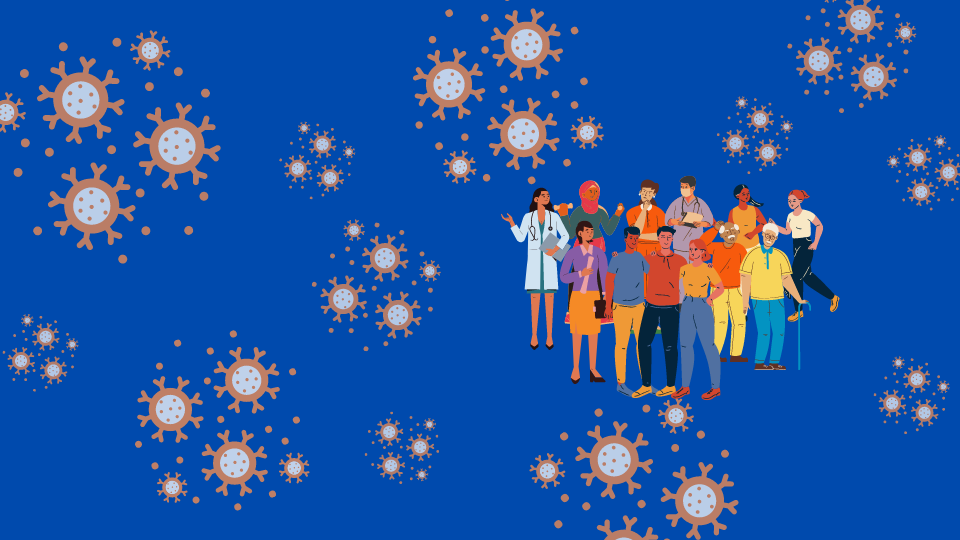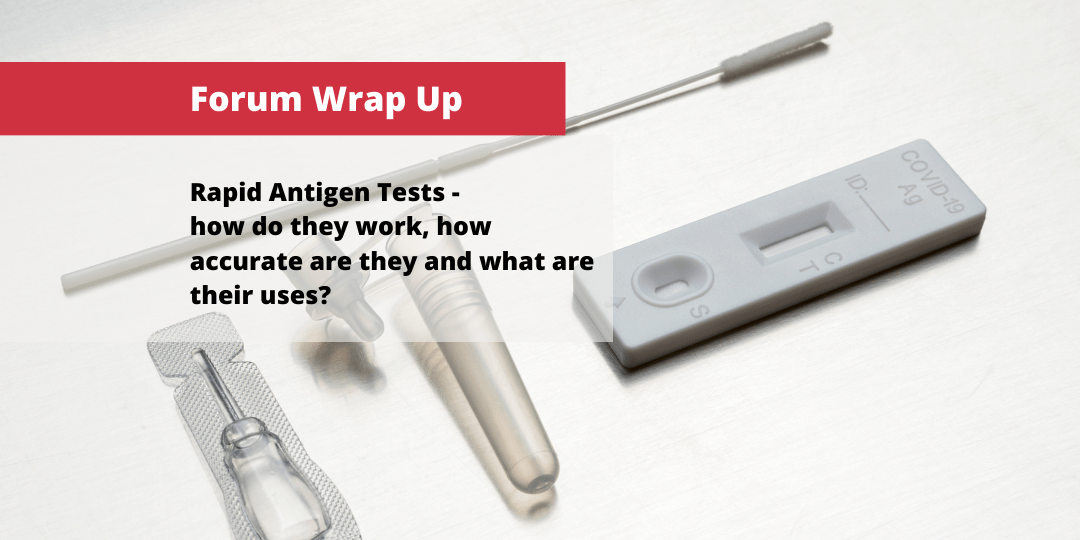Event Summary – Will the road to recovery be paved with casualties?
Almost 200 people attended the third and final online consumer forum in our three-part Covid-19 series.
The unique events have provided hundreds of consumers with opportunities to engage in discussions about various aspects of the Covid-19 crisis. Outcomes have been made publicly available as well as circulated to key decision-makers as part of Health Issues Centre’s primary objective of ensuring consumers have a voice.
The final event was chaired by Health Issues Centre CEO Danny Vadasz and held against a backdrop of social unrest arising from Black Lives Matter protests across the globe. The events have sparked fears, fuelled by some media coverage, that the virus would be spread by protestors.
Mr Vadasz tackled the issue of protests head-on in his opening address.
“I think it’s appropriate in the current social context that’s unfolding to remind ourselves in the midst of this epidemic, when many of us are fearful for our health wellbeing and safety, when we are seeing the way of life we are accustomed to under threat, and when we see death striking both discriminately and capriciously at those who are otherwise already vulnerable, that this is an everyday reality for so many of our first people,” he said.
“For those who are concerned about human rights protests in the midst of an epidemic, please keep this context in mind and let’s remember that there is never a wrong time to affirm that black lives matter.”
The first speaker of the day was a man who has been in the thick of Covid-19 response in Victoria – the State’s Chief Health Officer, Professor Brett Sutton. More than a politician, Professor Sutton has extensive experience and clinical expertise in communicable diseases gained through emergency medicine and field-based international work, including in Afghanistan and Timor-Leste.
(See Professor Brett Sutton’s full biography here.)
Professor Sutton opened by reminding people of the nature of Covid-19 and cautioning against complacency.
“We all know COVID-19 is a highly infectious disease that causes really significant respiratory and multi-organ infection. It is not like normal flu – it is ten or more times as deadly – and we have needed to respond to it by virtue of the severity of it and the fact that it’s got pandemic potential and has become a pandemic,” he said.
“We have made lots of assumptions about treating it a bit like pandemic flu but our approaches have rapidly changed in the early stages of this pandemic because of the extraordinary severity of the illness. It really is like a worst-case scenario for pandemic flu, akin to Spanish flu.”
He said, importantly, Covid-19 could be overcome.
“What we’ve recognised is that this can actually be stopped. Stopped in a way that is probably not possible for flu, and not every country has been successful in that regard, but the lessons are that it is within our grasp to keep transmissions down to very low levels.
“That’s critically important for something that kills between one to one-and-a-half per cent of all of those who get infected and with a virus where one infected individual typically infects two-and-a-half within the next generation of infection.”
Professor Sutton said there were around 1700 cases in Victoria and infections had been brought under control by a combination of travel and physical restrictions, quarantine measures, early detection and contact tracing.
“Nonetheless, we have lessons from clusters and outbreaks subsequent to that where the explosive potential of the virus is apparent where people are forced into close contact – then dozens and dozens of people can become infected in a very short period of time,” he said.
“We have got a pretty robust testing program to make it as easy as possible for people to access testing to try and keep our testing levels as high as possible. I think we will continue to see clusters and outbreaks until we can get to such low levels of community transmission that we effectively end all chains of transmission.
“That seems to have happened in the Western half of Australia and the smaller jurisdictions. They were less seeded in the beginning than Victoria and New South Wales so they have been able to get to that effective elimination earlier than we have but I am hoping that we are still on that trajectory.
Professor Sutton acknowledged that the government was being forced to make impossible decisions about the wellbeing of Australians.
“It is an impossible dilemma understanding that restrictions are required to manage the potential catastrophic risk of huge numbers of people being infected. It’s been modelled up to 50,000 cases per day – tens of thousands of deaths in Victoria – against the known harms of the economic consequences, the individual personal, psychological and spiritual consequences for people as they’ve been isolated,” he said.
“It’s a delicate balancing act. It’s impossible to know you’ve got the right path through it but we’re doing our very best.”
A robust question and answer session followed, during Professor Sutton valiantly fielded a flood of inquiries from the assembly. Questions related to the wicked conundrum of how a volume-based economy can recover in an inherently low-volume model, whether vulnerable people should take extra precautions, why masks are not being promoted more heavily in Australia, has the COVIDSafe app being useful and should telehealth continue?
A video containing the full Q&A will be posted on our website in the coming days.
The second speaker was Professor Jonathan Karnon, Deputy Director of Flinders Health and Medical Research Institute (FHMRI) and a leading Health Economist.
(See Professor Jonathan Karnon’s full biography here.)
He opened by noting that Telehealth had been one of the great success stories of the Covid-19 crisis, enjoying support from the medical profession and consumers alike.
“I’m a health economist so my main interest is in how to form the delivery of sustainable health services across the health system whilst also addressing other ends such as equity and high-quality outcomes,” he said.
“I’ve been looking at what’s been happening over this last few months in terms of how could it potentially inform improvements beyond Covid-19.
“The first was around Telehealth. Before March, there was no Telehealth. March it increased from zero to a million consultations.
“The data for April has just been release by the Centre for Online Health in Queensland and it’s just gone gangbusters. It’s now six million consultations via telehealth across General Practitioners, Specialists, Mental Health consultations, primary care nurses, as well as allied health, so it’s really taken off.
“There’s certainly potential to keep that going and personally I think it’s got a really big impact on improving equity in the health system.”
Professor Karnon said while the benefits of Telehealth were obvious, it would be important to manage the rollout to ensure optimised delivery.
“It can’t just be let run. There’s got to be some research to inform where are the appropriate areas in which telehealth can be used but also to look at the potential for overuse.”
The second issue Professor Karnon raised was Emergency Department (ED) presentations during Covid-19.
“This (slide) is data showing weekly numbers of ED presentation from the beginning of 2019 and you can that it’s going at around 12-13,000 presentations per week and then it just falls off a cliff in March going to around 9000,” he said.
“One of the issues here is clearly there are some events that are not happenings but also there are some events that are happening but people are making alternative decisions and so we’ve undertaken a survey – we’ve got around 1500 responses – from people who’ve considered going to the ED during the Covid health crisis.
“We’ve asked them what were their health issues, what were they concerned about, did they go to an alternative – did they go to a GP? Did they go see a pharmacist? Did they ring a helpline? And what was the outcome of that process, but also what was the satisfaction with the process?
“We’re in the middle of analysing that data to look at which health issues do we think there’s potential to divert people from presenting in EDs once we’re beyond the Covid crisis.
“We’re all familiar with newspaper headlines around ‘ramping’, where ambulances turn up at the ED but there’s no room in the ED so patients have to be kept in their ambulance and clearly we want to avoid that. Anything we can learn from what’s been happening in the Covid crisis that can take off some of that pressure from the ED, which will improve outcomes for patients who have to go to the ED, but also potentially provide alternative and satisfactory forms of healthcare for people with certain conditions.”
Professor Karnon’s focused thirdly on the economy and areas of the economy that have been hardest hit by the pandemic – e.g. retail, entertainment, real estate.
“We need to be very aware of and look at very closely, what is the impact of creating a ‘bubble’,” he said.
“I’ve put on the right ‘Stratify and Sheild’, which is really what a lot of the European countries are doing now and they’re opening up their borders. It’s going to be interesting to see what happens in places like Europe, where they’ve got more open borders. Do their economies bounce back quicker than the Australian economy and if so, how do we react to that?”
Questions for Professor Karnon ranged from the barriers to using telehealth, the superiority of video conferencing over telephone calls, the impact of delayed routine screening on general health outcomes and whether Covid-19 would have similarly long-lasting impact on the economy as game-changers like the industrial revolution and the internet.
A video containing the full Q&A will be posted on our website in the coming days.
The third speaker at the event was Luke van der Beeke, a behaviour change expert and the Founder of The Behaviour Change Collaborative.
(See Luke van der Beeke’s full biography here.)
Luke spoke about the challenges of a management strategy reliant on mobilising humans – noting that Australia had fared well during the Covid-19 crisis despite this difficulty.
“Covid-19 presents government, policy advisors and civil society with unprecedented health, social and economic challenges. And at the core of each challenge are – us – we’re human beings, and we are fickle creatures,” he said.
“Our attitudes can shift and change quickly over time and as a general rule, we behave quite irrationally.
“Human behaviour and our governments’ ability to manage it effectively will be a key determinant of how successful we are at navigating the journey.
“There’s of course an assumption that we’re actually on a road to recovery – this notwithstanding the fact that global cases continue to rise exponentially… and domestic, political and economic pressures will almost certainly lead to the opening of international borders well before we have a vaccine or established herd immunity.”
Mr van der Beeke said the second wave of Covid-19 management was going to get even harder.
“Interventions to date have predominantly relied on restrictions (border and business closures, social distancing), education, and persuasion,” he said.
“Each of these interventions have been successful in large part because most Australian’s have had the motivation, capability and opportunity to comply with those restrictions.
“It must be said that over time the amount of conflicting and confusing messaging has increased, while complex and at times counter-intuitive rules on social distancing have begun to chip-away at public confidence.”
Fear was a powerful public motivator but Mr van der Beeke said this may not be effective ongoing. He said fear worked to influence behaviour – but only when they were well correlated to perceived threat and perceived efficacy.
“In the case of COVID, the perceived threat was initially extremely high in terms of the likelihood of exposure and its potential impact,” he said.
“Initially, most Australians felt they had the ability to practice social distancing and abide by restrictions of movement but that only lasted a short while. Within weeks other concerns took hold, not least of which being the economic impact of restrictions. Covid remained cause for concern, but the loss of jobs and personal impacts at home became a more prevalent attitudinal driver.
“As a result, people’s perceived efficacy (that is, their ability to abide by restrictions) began to fall.”
Over the longer term, people become fatigued by their fears when the threat (Covid) is not overcome by measures they are taking to control it.
“Rather than concerning themselves with eliminating the threat, individuals look to control their fear by avoiding thoughts about the threat or minimizing the issuem” Mr van der Beeke said.
“Should a second wave arise this is something we need to be very mindful of.”
To manage this, he said governments need to exercise courage, provide smart, consistent information and show heart.
“Governments need the courage to be open and transparent with the public. I believe there’s a moral obligation to provide all relevant facts so that people can make truly ‘informed choices,” he said.
“The collection and use of reliable data in terms of contact tracing, community spread, and behavioural intent will remain critical.”
He noted that information released by governments was often inaccessible to people with low health literacy or CALD communities and was therefore not connecting with vulnerable groups.
“Attitudes and behaviours change very quickly. While many are now applauding the success of preventative health measures there are others who believe we over-reacted due in large part to the very success we’ve had,” he said.
“This has already led to complacency and if a second wave hits there’s a danger people will be less willing to comply with physical distancing and self-isolation measures as we move forward. Government needs to consider this now, and future behaviour change strategies may need to be a little different to what we’ve seen thus far.”
View a video of the full plenary session here.






